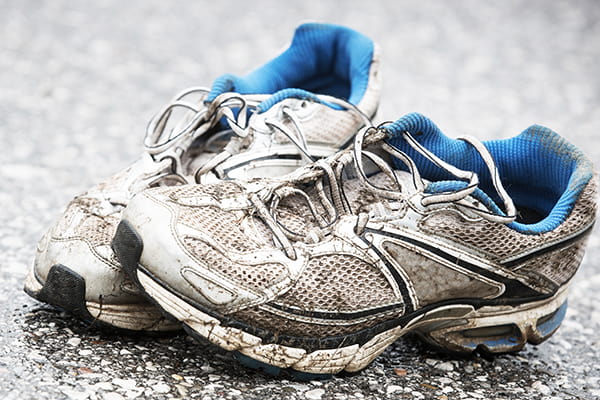Yo, let’s talk about the unsung heroes of our daily hustle – our running shoes. They’re like that homie who’s always got your back, the ones absorbing the shock and giving you that sweet cushioning, and ensuring you hit the pavement running. But just like anything in life, even the most dependable sidekicks wear down, and when it’s your trusty running kicks, that could spell trouble.
So, how do you know when it’s time to part ways with your running soulmates and get yourself some fresh kicks?
A little science for you: on average, running shoes are built to withstand the pounding of about 300 to 500 miles. Once you’ve exceeded this mileage, your shoes start to lose that plush cushioning and the support that keeps you going. The more those shock-absorbing qualities wear thin, the more your body takes a beating, and that’s not something you want.
Now, hold up, it’s not just the distance you rack up – it’s also about how often you lace up and hit the road. If you’re out there pounding the pavement day in, day out, clocking in 20 miles a week, well, your shoes are gonna call it quits way quicker than someone who’s more of a casual jogger, collecting the same mileage over a month.
That’s where keeping a solid running log comes into play. You know, like that app Strava that tracks your mileage and helps you stay on top of your game. It’s not just about breaking records; it’s also about knowing when it’s time to break up with your worn-out running buddies. Here is a link to my strava if you want to follow your boy.
The deal is, it’s better to swap out your running shoes a little early than to push them past their prime. You don’t want discomfort and potential injury holding you back on your path to running greatness. So, stay sharp, log those miles, and remember that your running kicks, like a good friend, deserve to retire gracefully when the time comes.
Here is an article about my go to Running Shoe Hoka Clifton 9


